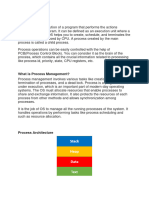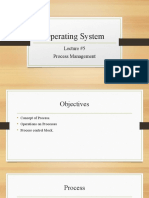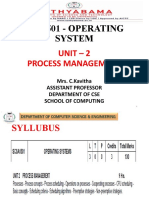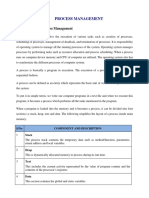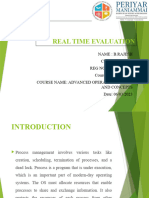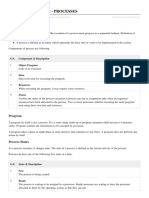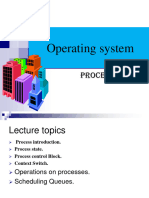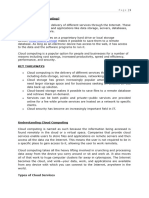0% found this document useful (0 votes)
25 views1 pageProcesses in Operating System-1
A process is an active program in execution that uses CPU and memory, while a program is a passive entity stored in a file. Processes transition through various states such as New, Ready, Running, Blocked, and Terminated, managed by the OS scheduler. The Process Control Block (PCB) is a crucial data structure that contains essential information about each process, including its ID, state, program counter, CPU registers, memory management, I/O information, and scheduling details.
Uploaded by
yatakonakiran2Copyright
© © All Rights Reserved
We take content rights seriously. If you suspect this is your content, claim it here.
Available Formats
Download as TXT, PDF, TXT or read online on Scribd
0% found this document useful (0 votes)
25 views1 pageProcesses in Operating System-1
A process is an active program in execution that uses CPU and memory, while a program is a passive entity stored in a file. Processes transition through various states such as New, Ready, Running, Blocked, and Terminated, managed by the OS scheduler. The Process Control Block (PCB) is a crucial data structure that contains essential information about each process, including its ID, state, program counter, CPU registers, memory management, I/O information, and scheduling details.
Uploaded by
yatakonakiran2Copyright
© © All Rights Reserved
We take content rights seriously. If you suspect this is your content, claim it here.
Available Formats
Download as TXT, PDF, TXT or read online on Scribd
/ 1











